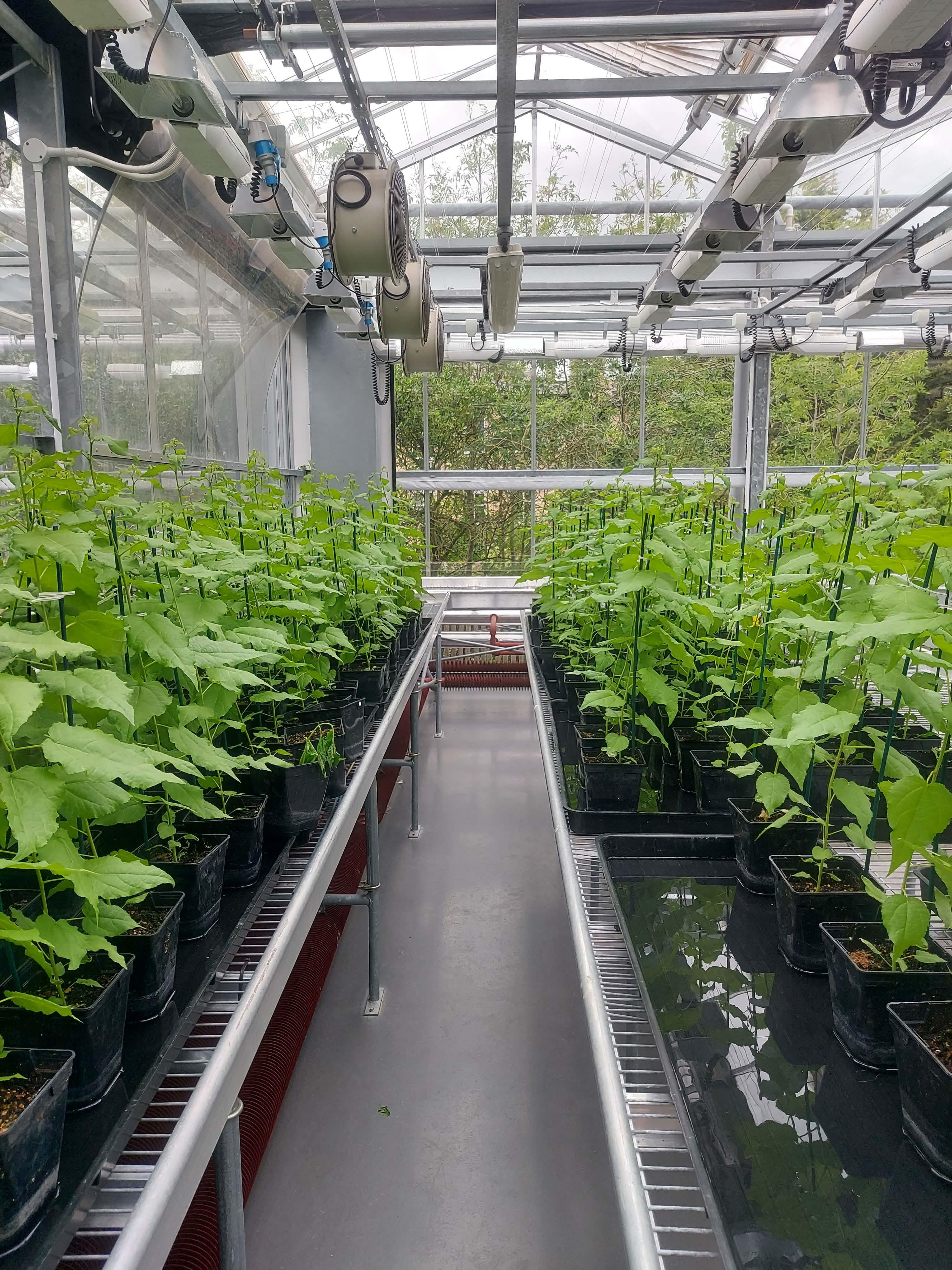
Lead supervisor: Andrew D. Friend, Geography
Co-supervisor: Eva Hellmann, Geography
Brief summary:
Innovative controlled-environment and field experiments on tree growth will be used to improve plant growth models for climate change applications.
Importance of the area of research concerned:
Climate prediction models are important tools to plan for life in our future world and to identify factors that help slow climate change. Increasing atmospheric CO2 is the main driver of climate change and this increase is strongly modulated by carbon sinks on land and in the oceans. Forests are a strong carbon sink on land with wood sequestering ca. 18% of the emitted fossil fuel carbon. In current climate prediction models the contribution of plants to CO2 sequestration is mostly described as photosynthesis minus respiration. To improve climate prediction, it is necessary to also consider tree growth in the models.
Project summary :
Global-scale predictions of how terrestrial ecosystems are responding to climate change, increasing atmospheric CO2, changes in rates of N deposition, and land use are primarily based on a class of model known as a "Dynamic Global Vegetation Model" (DGVM). These models have been used for a number of decades now, and underpin assessments of the changing global carbon cycle and its drivers. However, they are built on the assumption that carbon input through photosynthesis determines their behaviour. We are challenging this assumption through experiments on hybrid poplar trees, the results of which will be used to underpin a new DGVM formulation and potentially result in a paradigm shift in how these models function, greatly increasing their ability to explain historical dynamics and the rigour of future projections. Our experiments and model approaches are highly innovative.
What will the student do?:
The student will utilise our experimental results to develop and test new approaches to modelling plant growth within our "HYBRID" DGVM. The experiments have been running for one year, and we are starting to analyse the initial results. The DGVM is currently formulated on a set of assumptions about how plants control their own growth, based on the hypothesis that they use sugars as a controlling metabolite to allow them to balance carbon sources and sinks. We are making measurements on our hybrid poplar trees to test these assumptions. The student will analyse these results and implement different assumptions in the model to test how well it performs compared to the data, and examine the implications of these assumptions for model behaviour such as the response to increasing atmospheric CO2 and changing temperature. The outcomes of this work will help guide our experiments in future years - what are the key remaining unknowns? The individual growth of plants in the model will be scaled-up to whole ecosystems through approaches to competition for light, water and nutrients. The specific focus of the project will depend on the interests of the student and how the project develops.
References - references should provide further reading about the project:
A. Eckes-Shepard, Tiavlovsky, E., Chen, Y., Fonti, P., Friend, A.D. 2020. Direct response of tree growth to soil water and its implications for terrestrial carbon cycle modelling. Global Change Biology 27(1): 121-135, doi:10.1111/gcb.15397
A.D. Friend, Eckes-Shephard, A., Fonti, P., Rademacher, T.T., Rathgeber, C., Richardson, A.D. and Turton, R.H., 2019. On the need to consider wood formation processes in global vegetation models and a suggested approach. Annals of Forest Science, doi:10.1007/s13595-019-0819-x
S. Fatichi, Leuzinger S, Körner C. 2014. Moving beyond photosynthesis: from carbon source to sink-driven vegetation modeling. New Phytologist 201: 1086– 1095.
Applying
You can find out about applying for this project on the Department of Geography page.